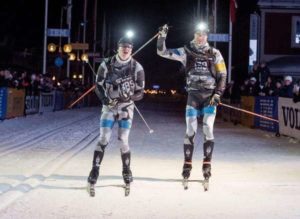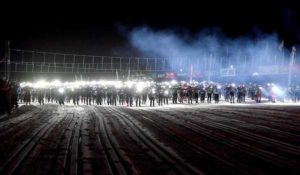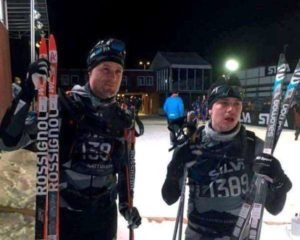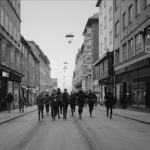This competition left a proper impression from the very first time I heard about it. Skiing the iconic 90-kilometer Vasaloppet course during the middle of the night beckoned something distinct and inimitable. Back in 2018 I did an interview with Oscar Brandt and Christofer Eriksson who won back then. It happened that we were in Sälen in 2022 to watch the start of the race. A mere of 3.000 skiers lined up with their headlamps turned on – a very remarkable image that left me with the craving to give this competition a go – in the unforeseen future.
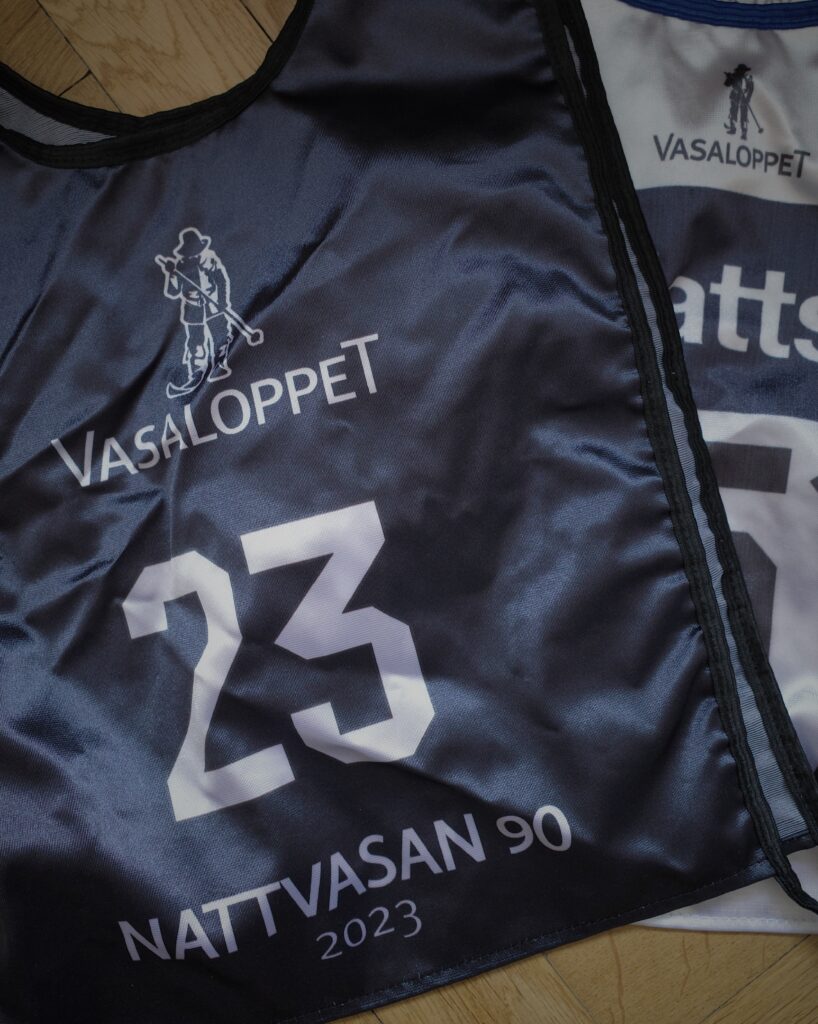
My primary XC skiing goal for this winter, another effort at the Nordenskiöldsloppet, got vanished as the distinct 220-kilometer contest got negated early on. Together with a friend I wanted to attempt a self-organized Double-Vasan approach but that sadly did not happen either. When this quest got called off, the Nattvasan pieces swiftly aligned themselves. Knowing that my friend Nils Spetz was an admirer of the race as well, it only took one phone call, and he was hooked. Together with our friends at Peak Performance we also had the appropriate outfit to face a gloomy night out in the Dalarna wilds. Spontaneous race trips are the best and even more so if the whole thing happens as flawless and natural as this time.
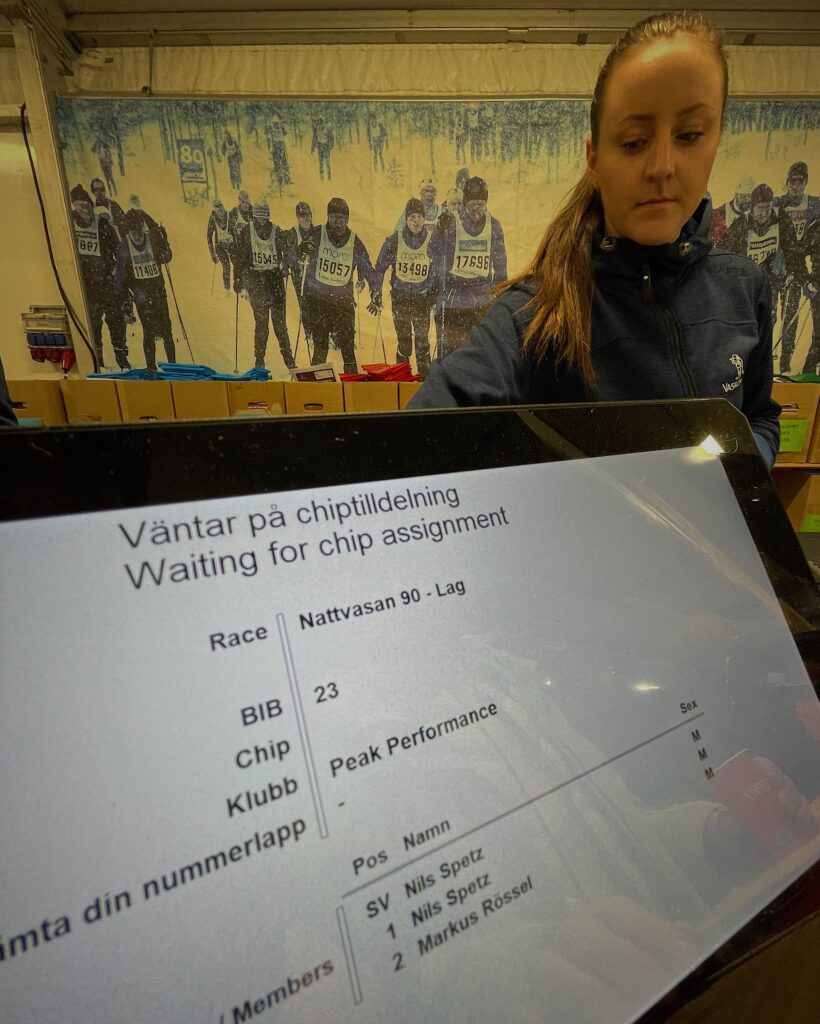
So, we sat in the shuttle bus from Mora to the start in Sälen and drove along the course. It was more than apparent what the conditions would look like. Substantial winds, especially on the plateau, shaped quite a challenging set-up for the impending nightshift. We heard that quite a substantial number of leaves and wood has been blown all over the tracks during the past few hours. The challenging setting formed some extra tension, but we were super eager and positive to get going. Admiring the team racing character in Swimrun, it felt quite natural to transfer this attitude into another endurance sport. Fortunately, Nils had the same attitude which made this mission even better.
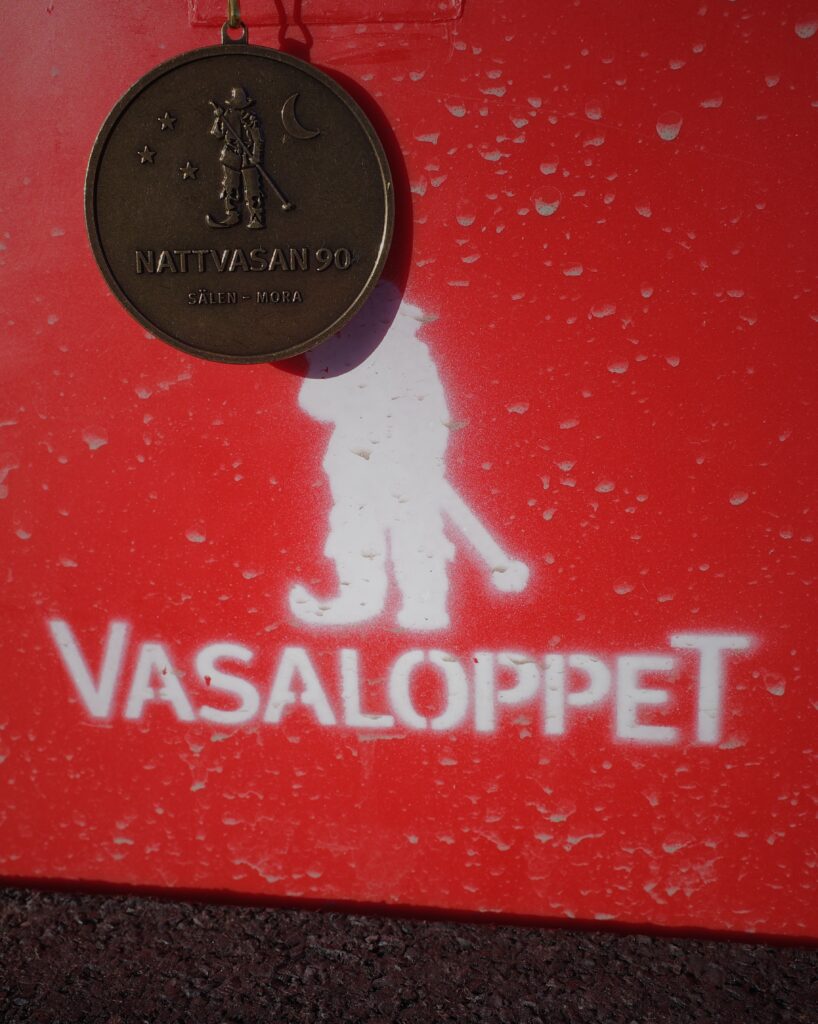
With a start spot pretty much at the front of the masses we were fairly lucky. The race got underway and notwithstanding all the typical Vasaloppet madness, this one set off quite smooth. Some minor incidents at the very start of the first climb but then we kept on rolling along nicely. The tracks were super frozen which made up for some fast splits. Every now and then the wind supported us, occasionally we struggled with the headwind and at times it was even thinkable to skate as the side winds nearly knocked me out. Half-Competently we freestyled our way across the course and adjusted the technique to whatever was the safest. An insane rollercoaster in severe wind circumstances. Sometimes exciting, most of the times creepy.
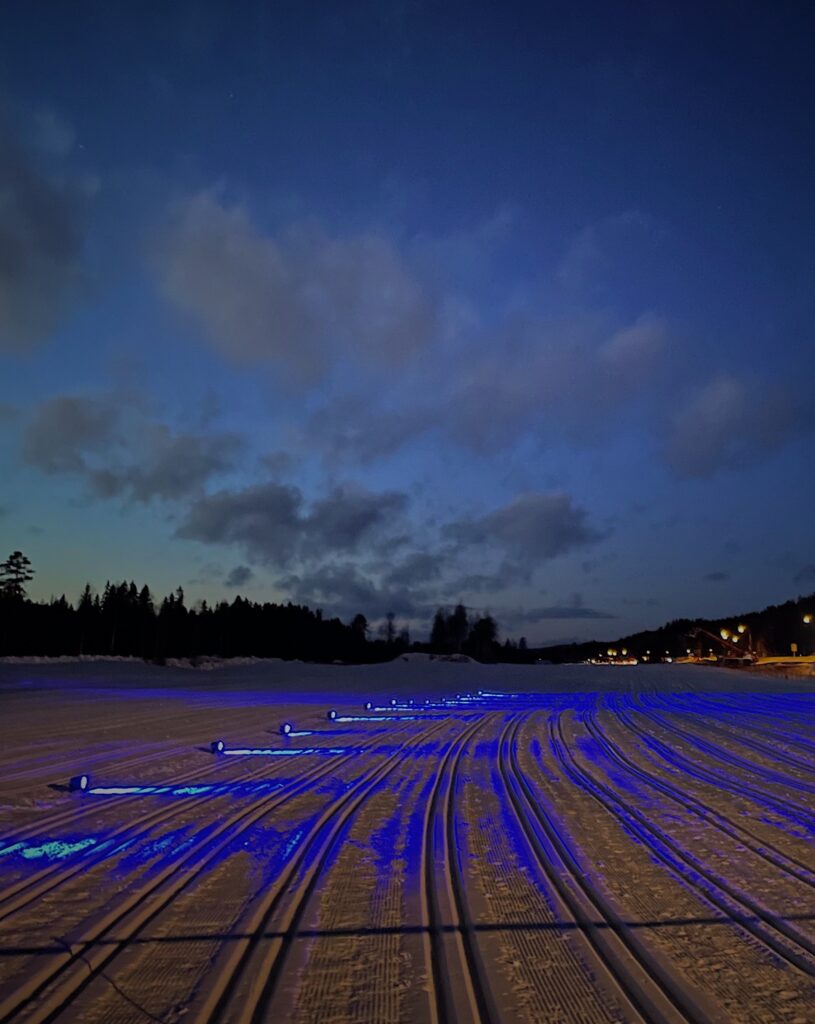
Even though the other Vasaloppet contests offer a rich aid station buffet, the Nightvasan set-up is kept to an absolute bare minimum which complements the raw adventure charisma. Some of the stations were not even maned. We managed quite well but were not prepared to the extend we would have liked to be. There is quite some knowledge to take away for a return to the scene next year. But the raw and simple approach paired with the night racing is something that was even better than I awaited. Nocturnal contesting improves a diverse perception and competing as team even widens this approach.
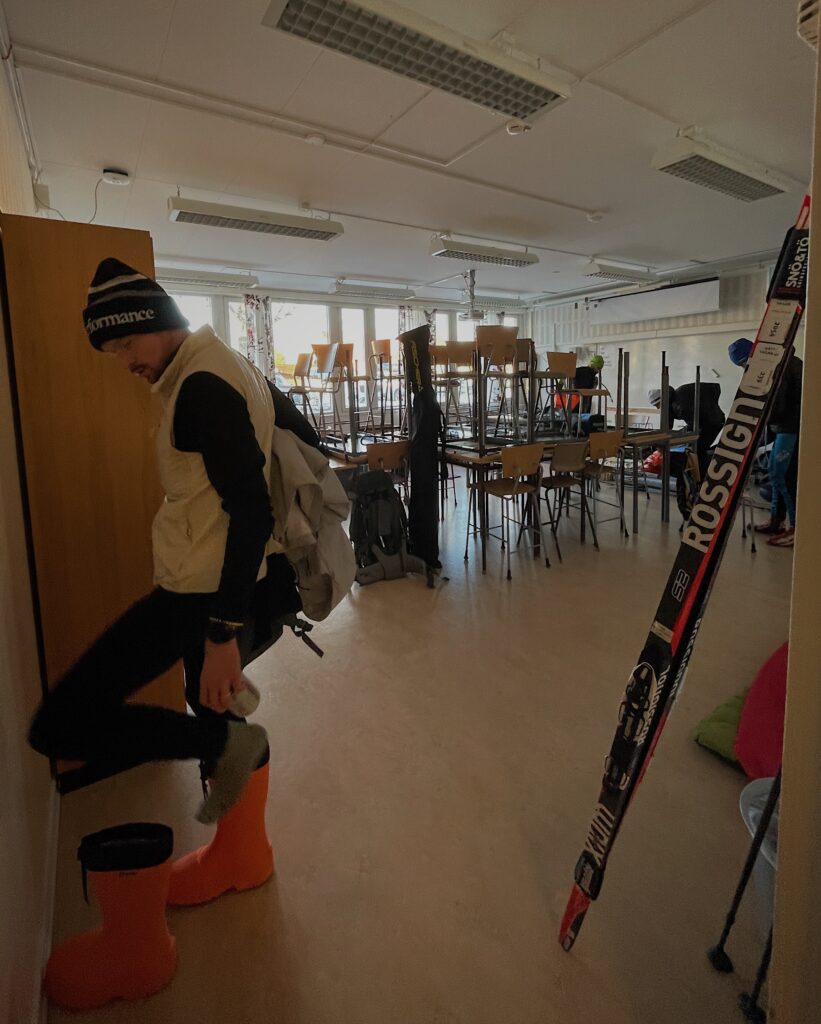
5:13:40 hours later and at 01:13 AM our Dalarna nightshift came to end at an uncommon, deserted Vasaloppet finish line in Mora. We got precisely what we wanted, a tough and challenging night on the tracks with a very satisfying ending. To be continued…
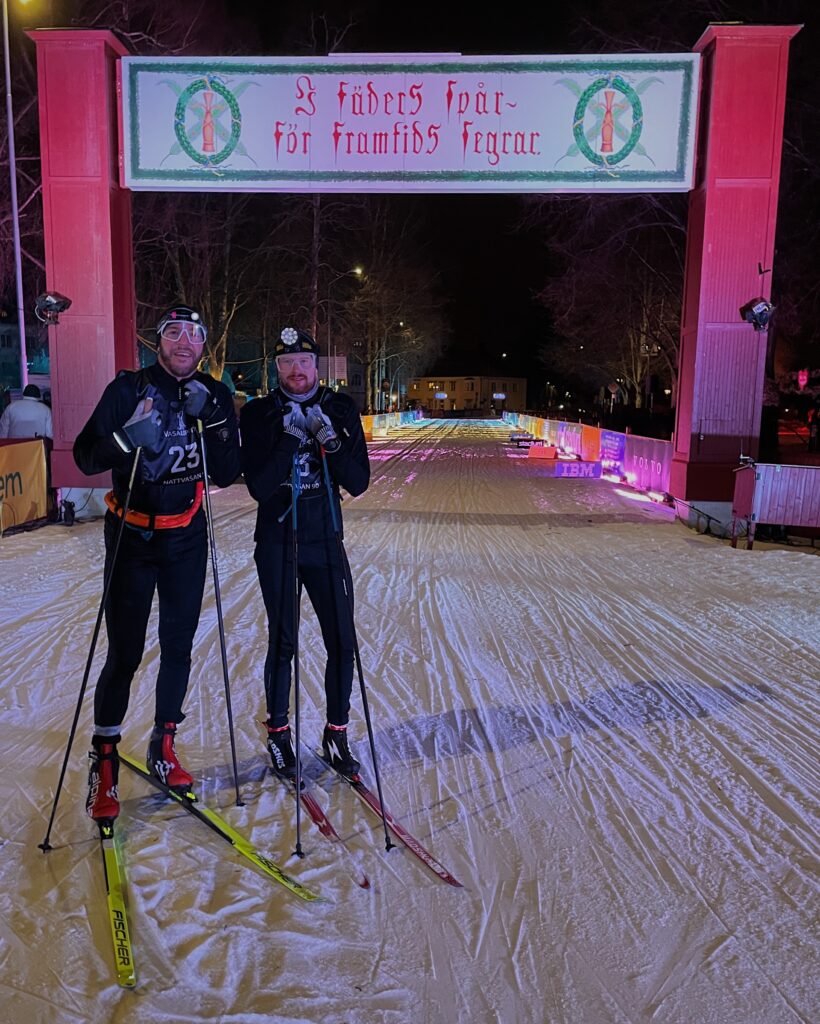
Tune of the day: Alcapella – 100 Mad Presents Heritage


